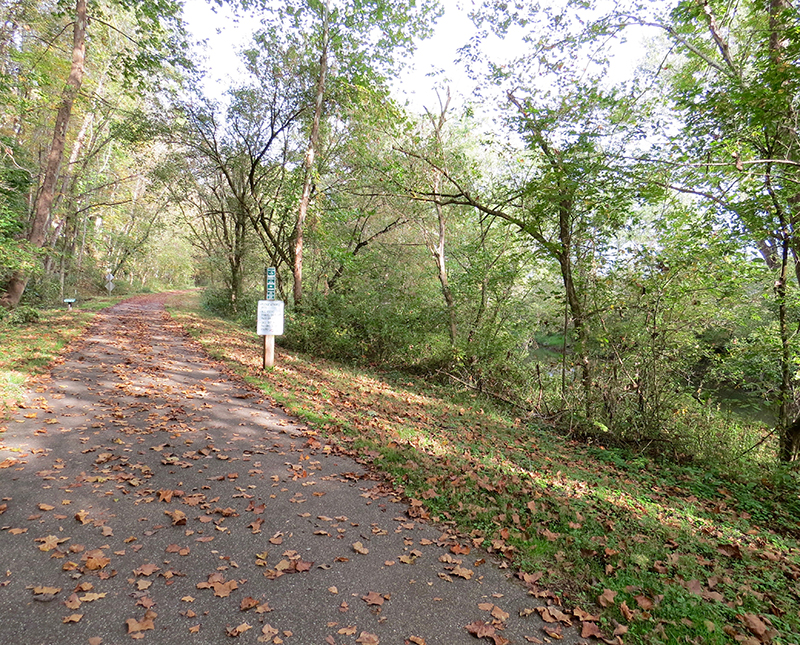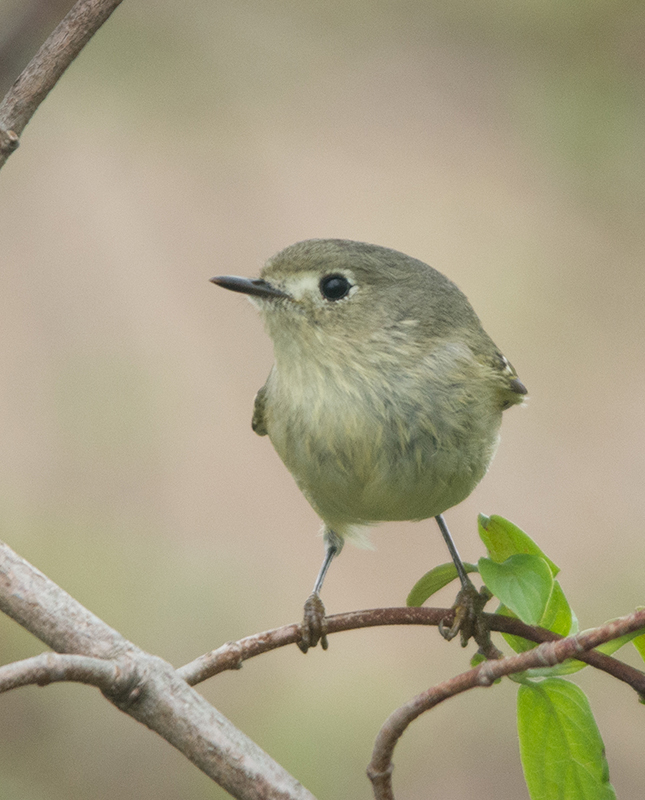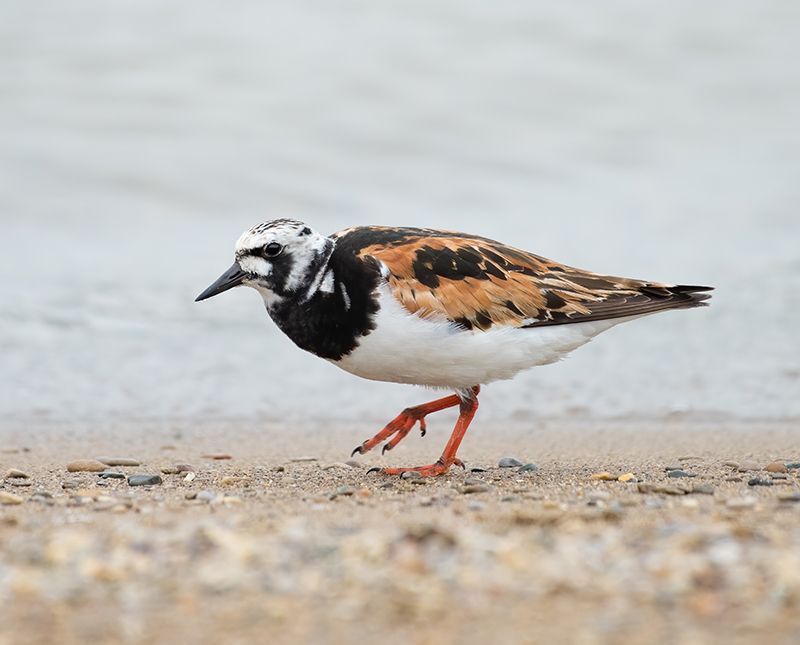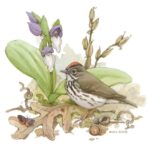
Where We Are Birding – September
Each month, our OOS Regional Directors are sharing their favorite birding hotspots in their respective regions – and beyond. These include some well-know destinations, specialty spots for specific species, and their own secret, treasured local patches. Have a favorite birding location? Reach out to your OOS Regional Director and let them know!
Melissa Wales – Southeast Regional Director
Strouds Run State Park – Athens County
The various trail systems at Strouds Run State Park have been good for birding diversity this fall, including breeding and migrant warblers. A recently exciting find by Athens birder Phil Cantino was this Clay-colored Sparrow, spotted along the fencing and scrubby habitat at the northwest end of the Blackhaw Trail. It hung out long enough for some of us to find and enjoy it! The Blackhaw Trail has been black-topped recently, improving accessibility for those with mobility issues. Other park trails circle the lake or head into the ravines and up into the beautiful forested hills surrounding Dow Lake, providing a nice diversity of habitat.

Jon Cefus – East Central Regional Director
Quail Hollow Park – Stark County

Kandace Glanville – Central Regional Director
Battelle Darby Creek Metro Park—Cedar Ridge Hawthorn Trail – Franklin County
Battelle Darby Creek Metro Park—Cedar Ridge Hawthorn Trail is a great place in central Ohio to look for fall migrants in September. Vireos, Warblers, Thrushes, Tanagers and more can be found here as they rest on their journeys south. You can also check out Battelle Darby Creek Metro Park—Darby Plains Wet Prairie Restoration across the road for migrating shorebirds and other marsh-loving species. Battelle Darby has a fantastic nature center with restrooms, and plenty of paved and accessible trails as well.
































